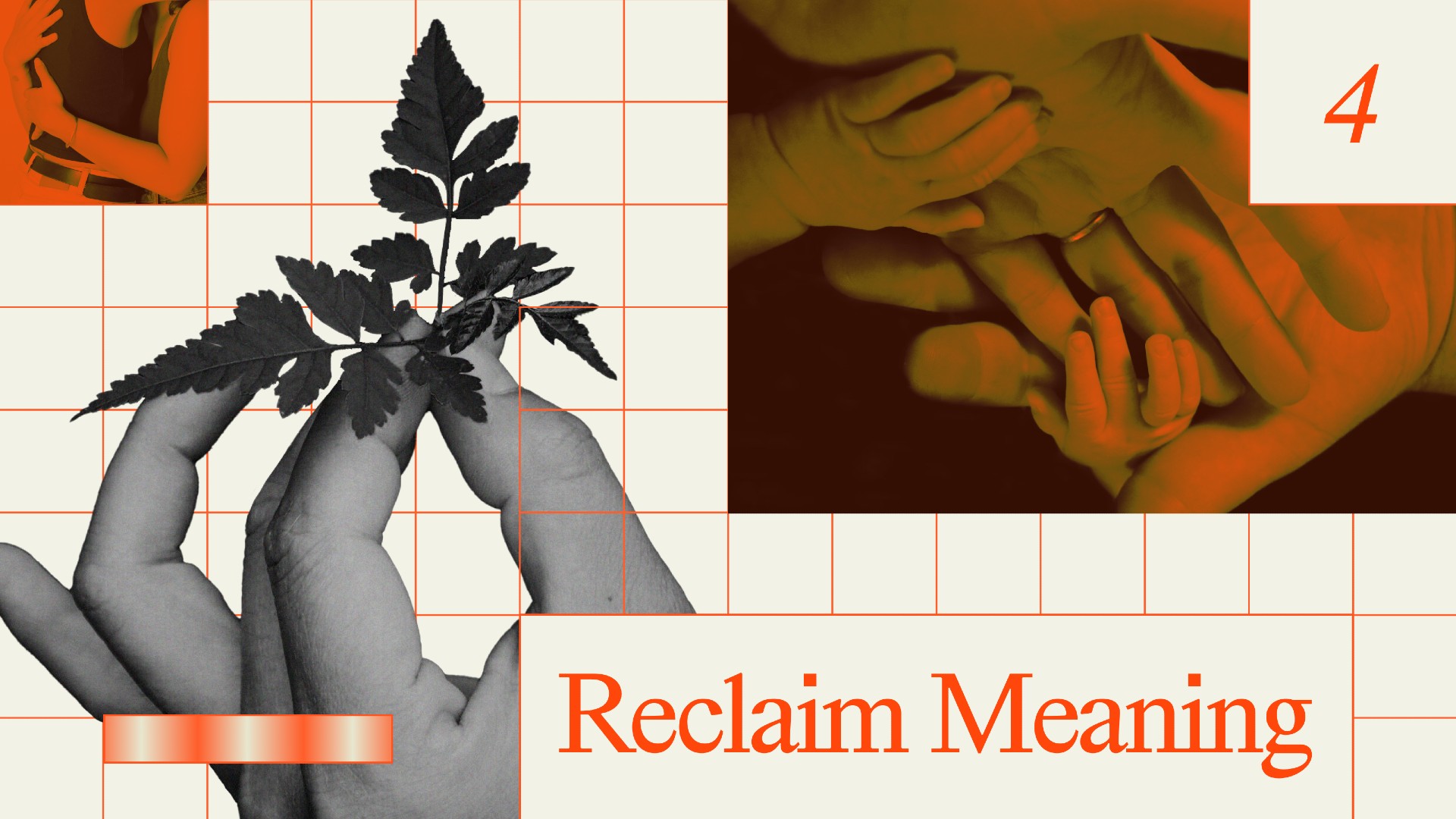If Obama wins this battle, he’d be up there with F.D.R. and L.B.J. in terms of solidifying the 21st century American welfare state, says Brown economics professor Glenn Loury.
Question: How important is it that Obama wins on healthcare?
Glenn Loury: The president of the United States, Barack Hussein Obama, elected comfortably, in his first year with a very ambitious agenda, inheriting a economic crisis, passing massive fiscal legislation in this stimulus package, which has huge implications down the road; budgetary, tax wise, and so forth and so on; and having at the top of his agenda, reforming healthcare, needs to win this one.
He wins this one, he gets this done, he is a long way toward a successful first term.
He's a long way toward minimizing whatever setbacks the Democrats might have in the 2010 mid-term elections.
And he's up there with LBJ and FDR in terms of solidifying the 20th, 21st, century American Welfare State. This is major. Healthcare is major.
So the politics of this, as the right-wing understands very, very well, is tremendously profound.
I see the policy issues, I see the politics, but I also see the moral issue. Because this really is about who we are as a people here. And this healthcare debate--now everybody knows the history; Clintons' tried; they failed early in their administration. And they suffered serious setbacks in the '94 elections and the rest is history. Obama is teetering here. He tries, he fails; then we've got two failures, right, to try to do this.
And the fact that we are the only advanced industrial democracy where people can get sick and languish because they can't afford care. Or where people are blocked in access to the system because they don't have access to insurance, which is only available through certain narrow portals and under certain very restricted conditions. The fact that we're the only society that hasn't embraced this idea, that no one should go without access to these services, regardless of their financial condition, and no one should be saddled with a lifetime of debt because they have the misfortune of falling ill; that's a major moral issue.
So I see it as a moment of big moral challenge for the country. Those are the broad outlines that I see.
Question: What do you think of the administration’s plan?
Glenn Loury: I want the president to succeed here and I want the country to move in this direction. There's a lot to pick over and argue about on the policy front.
I get the public option, because it's the stalking horse -- I know I'm not supposed to say this, I know that this is not the line -- it's the camel's nose under the tent for what I think is the correct solution to this problem, which is the so-called single payer system. Which is Medicare for all, which is the government stands behind, collects the taxes to pay for, regulates the provision of, but stands behind the provision of these services to everybody.
That's not to stop somebody who has a lot of money from buying something extra. That's to say, here's the government and we're providing this to everybody.
Now people have said that they can't get that done, politically, here in the United States, and I see that very clearly. The vitriolic and hysterical attacks against the president's efforts to reform healthcare, labeling them socialism, talking with them in terms of fascist and government profound government intrusion into the lives of people.
When in fact, what it is what every other advanced, wealthy, democratic, industrialized country has done, and nothing more, shows me that to come straight out for the single payer system would probably meet with political failure. Therefore, we have had to invent this end run around the political realities. And as I understand the public option, and I know there'd be a lot of debate about this, that's the main role of it.
They say compete with insurance companies. I think what it actually means is compel or coerce, or drive insurance companies into a mode of behavior. We're not going to get rid of the insurance middleman, here, with a single payer system, but we're going to create a public presence in the insurance industry, powerful enough to drive the direction of the industry in the way that we, together with regulation, want it to go. And so therein lies the big policy debate.
What I think about that is I wish that we had the capacity to go directly at the single payer system. I think what we're doing is messy; so messy that the president can't explain it. And he's pretty good at explaining stuff. And people still don't really get what's going on because it's mess
There's a lot of demagogic rhetoric, and not only on the right. There's some of this rhetoric about the insurance companies that I hear coming, for example, from the Speaker of the House, Nancy Pelosi, I wish would be reconsidered. I say this as a guy who, I think of myself as on the left.
But I think that if you have a system where you say you're selling insurance to people, it's very natural that the company selling the insurance are going to try to vet claims and minimize the amount of payments that they have to make.
If you have a system that says everybody who needs healthcare gets it and we're going to make sure that it gets paid for by raising your taxes and providing the requirements on individuals where they have the ability to pay, such as we determine as appropriate, then the insurance issue doesn't come up.
So what am I trying to say about the insurance companies? I think the talk about insurance company profit and insurance company venality, as the source of this problem, is a by-product of our unwillingness to confront head-on, the sort of deeper, moral issue, which is that we should provide the services, in terms of healthcare, to the people who need them, more or less, regardless of their ability to pay. And it's divisive. It's divisive, political rhetoric.
I don't necessarily buy all these claims that the president and other people are making about the savings, magically, that are going to come from preventive care and all of that. Again, if one reads the studies and not the hype, my understanding of it -- I don't claim to be an expert, but I'm an intelligent consumer of the literature -- is that oftentimes preventive screening ends up costing more because you have to screen the universal population. It's good health policy, because screening allows you to do preventable interventions for the people who have a malady, but if one in ten women have breast cancer and you do the tests for everybody, that's going to be ten times for everyone that you catch, et cetera, et cetera.
The arithmetic need not work out to cost savings, which is not an argument for not testing everybody, it's just an argument that the imagined cost-savings may not materialize, and so on and so forth.
So it's the right thing for us to do. It's a complex policy move, it's hugely, politically important for President Obama, and the opposition recognizes that. There is a lot of demagoguery and hype on all sides.
The cost implications of what we're planning to do are substantial and I think, have probably been underestimated by the proponents. It's not a reason for us not doing it, but it is a reason to look straight into the eye of what it is that we undertake here, to make sure that we provide properly for paying for it, and so on.
Recorded on: August 18, 2009





